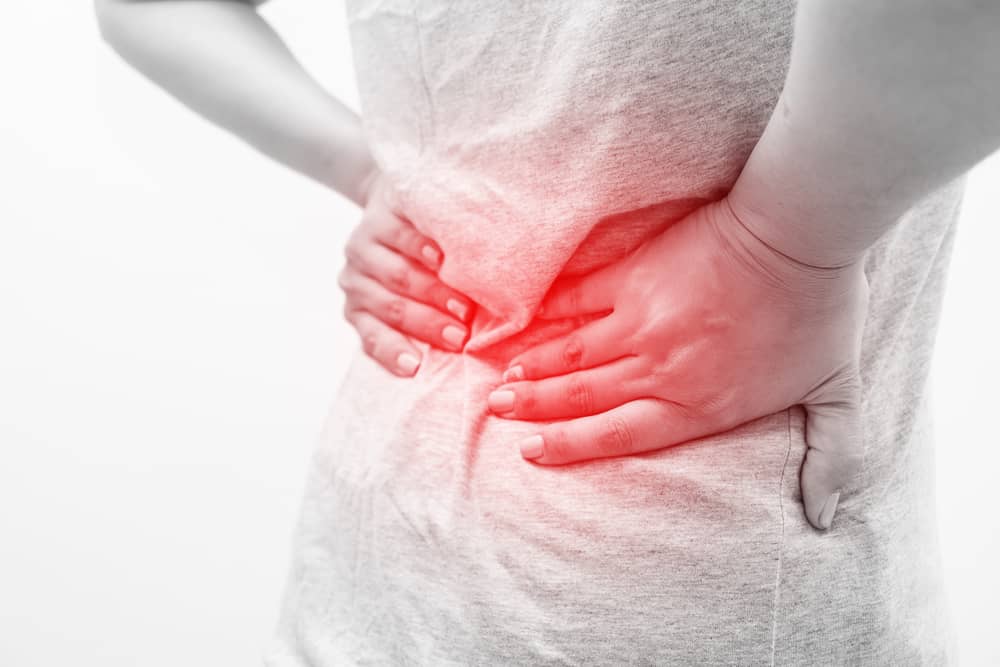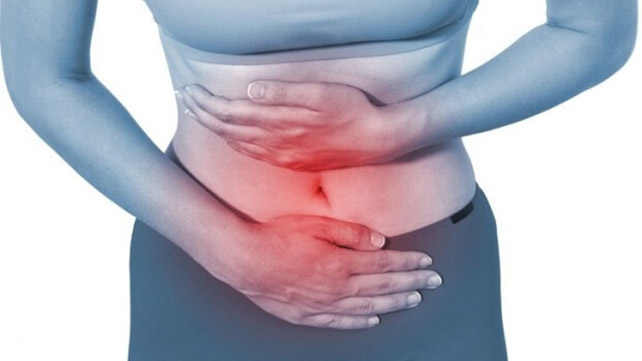Lower back pain and nausea are two common symptoms that can sometimes occur together, making you feel uncomfortable, worried, and unsure about the cause. While they may seem unrelated, there are several medical conditions that can trigger both symptoms at the same time.
In this article, we’ll break down the possible reasons you’re experiencing lower back pain and nausea, how to manage it, and when it’s time to seek medical attention.
Common Causes of Lower Back Pain and Nausea
Read Also: ICD-10 Code for Upper Back Pain – Thoracic Back Pain ICD-10 Diagnosis Code!
- Kidney Infections or Kidney Stones
Kidney problems are one of the most common reasons for back pain and nausea happening together.
Symptoms: Sharp lower back pain, fever, chills, nausea, vomiting, and painful urination.
What to do: Drink plenty of water and seek medical help immediately, especially if you have a fever or blood in your urine.
- Urinary Tract Infection (UTI)
UTIs can spread to the kidneys, causing lower back discomfort and feelings of nausea.
Symptoms: Frequent urination, burning sensation, cloudy urine, lower back pain.
What to do: Get tested and treated with antibiotics as prescribed by your doctor.
- Gastrointestinal Issues
Conditions like constipation, bloating, or irritable bowel syndrome (IBS) can cause abdominal pressure that radiates to your back and makes you feel nauseated.
Symptoms: Cramping, bloating, gas, changes in bowel habits.
What to do: Adjust your diet, stay hydrated, and consult a healthcare provider if symptoms persist.
- Menstrual Cramps or Endometriosis (for women)
Hormonal changes or disorders like endometriosis can cause back pain and nausea during periods.
- Symptoms: Pelvic pain, fatigue, heavy periods, lower back discomfort.
- What to do: Use heat therapy, pain relievers, or talk to a gynecologist for long-term management.
- Symptoms: Pelvic pain, fatigue, heavy periods, lower back discomfort.
- Early Pregnancy
Many women experience both lower back pain and nausea in the early stages of pregnancy.
Symptoms: Missed period, morning sickness, fatigue, breast tenderness.
What to do: Take a pregnancy test and consult your doctor for prenatal care.
- Muscle Strain or Injury
Straining your back muscles from lifting, poor posture, or overuse can sometimes lead to nausea, especially if the pain is intense.
Symptoms: Localized back pain, stiffness, nausea from pain or medications.
What to do: Rest, ice/heat therapy, and over-the-counter pain relief.
Can Stress or Anxiety Cause Lower Back Pain and Nausea?

Yes, stress and anxiety can lead to both lower back pain and nausea, often through muscle tension and digestive issues. When you’re under mental strain, your body reacts physically, causing tightness in the back muscles and upset stomach. Chronic stress may also trigger conditions like irritable bowel syndrome (IBS), which can worsen these symptoms. Managing stress through mindfulness, exercise, or therapy can help reduce both physical and emotional discomfort.
Diet and Lifestyle Tips to Prevent Lower Back Pain and Nausea
A healthy lifestyle plays a key role in preventing many causes of back pain and nausea. Staying hydrated, eating fiber-rich foods, and avoiding excessive caffeine or alcohol can reduce gastrointestinal issues. Regular physical activity helps strengthen your core and back muscles, while proper posture and ergonomics reduce the risk of strain. Taking care of your gut and spine together can significantly lower the chances of experiencing these symptoms.
When to See a Doctor
You should seek immediate medical attention if you experience:
- Persistent or severe back pain and nausea
- Fever, chills, or vomiting
- Blood in urine or unusual discharge
- Unexplained weight loss
- Pain that spreads down your legs or causes numbness
These could be signs of a more serious condition like a kidney infection, spinal issue, or even internal organ problems.
How to Relieve Lower Back Pain and Nausea at Home
While waiting to see a healthcare provider or for milder cases, you can try:
- Drinking water to flush out toxins
- Using a heating pad on your lower back
- Gentle stretching or yoga
- Eating light, bland foods if nauseous
- Avoiding alcohol, caffeine, and heavy meals
FAQs:
1 What causes lower back pain and nausea together?
Common causes include kidney problems, urinary infections, digestive issues, and early pregnancy.
2 Is lower back pain and nausea a sign of kidney infection?
Yes, a kidney infection often causes both symptoms, usually along with fever and painful urination.
3 Can early pregnancy cause lower back pain and nausea?
Absolutely—many women experience these symptoms in the first trimester due to hormonal changes.
4 When should I see a doctor for lower back pain and nausea?
If the pain is severe, persistent, or accompanied by fever, vomiting, or blood in urine, seek medical care.
5 How can I relieve mild lower back pain and nausea at home?
Stay hydrated, rest, use heat therapy, and eat bland foods until you can assess or treat the cause.
Conclusion:
Experiencing lower back pain and nausea together can be uncomfortable and concerning. While it’s often linked to treatable issues like infections or muscle strain, it’s always best to listen to your body. If symptoms persist or worsen, don’t delay getting medical help.Your health matters, and early intervention is the key to faster recovery.










